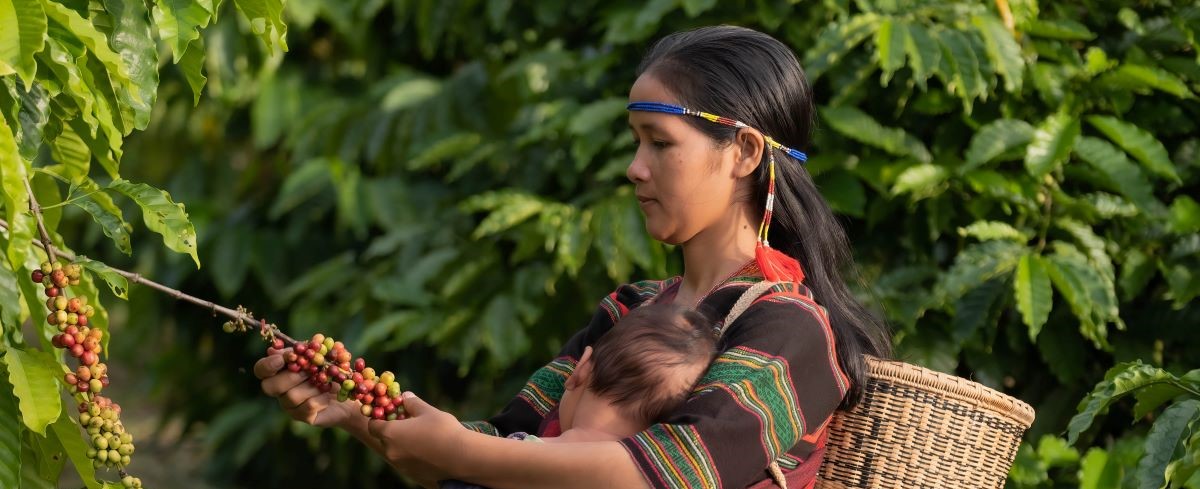Protected: Turning Biodiversity into Livelihoods: Lessons from West Kalimantan’s Peatlands
In Indonesia’s West Kalimantan province, the peatland forest around Pematang Gadung village holds the memory of fire, logging, and mining—but also the promise of renewal. Once scarred by extraction, this landscape is now at the center of a growing effort to make biodiversity itself a source of income and pride for local communities.
During her October visit, GCBC’s Anna Adamczyk observed both the promise and the practical challenges of turning biodiversity into a measurable and tradable community asset.
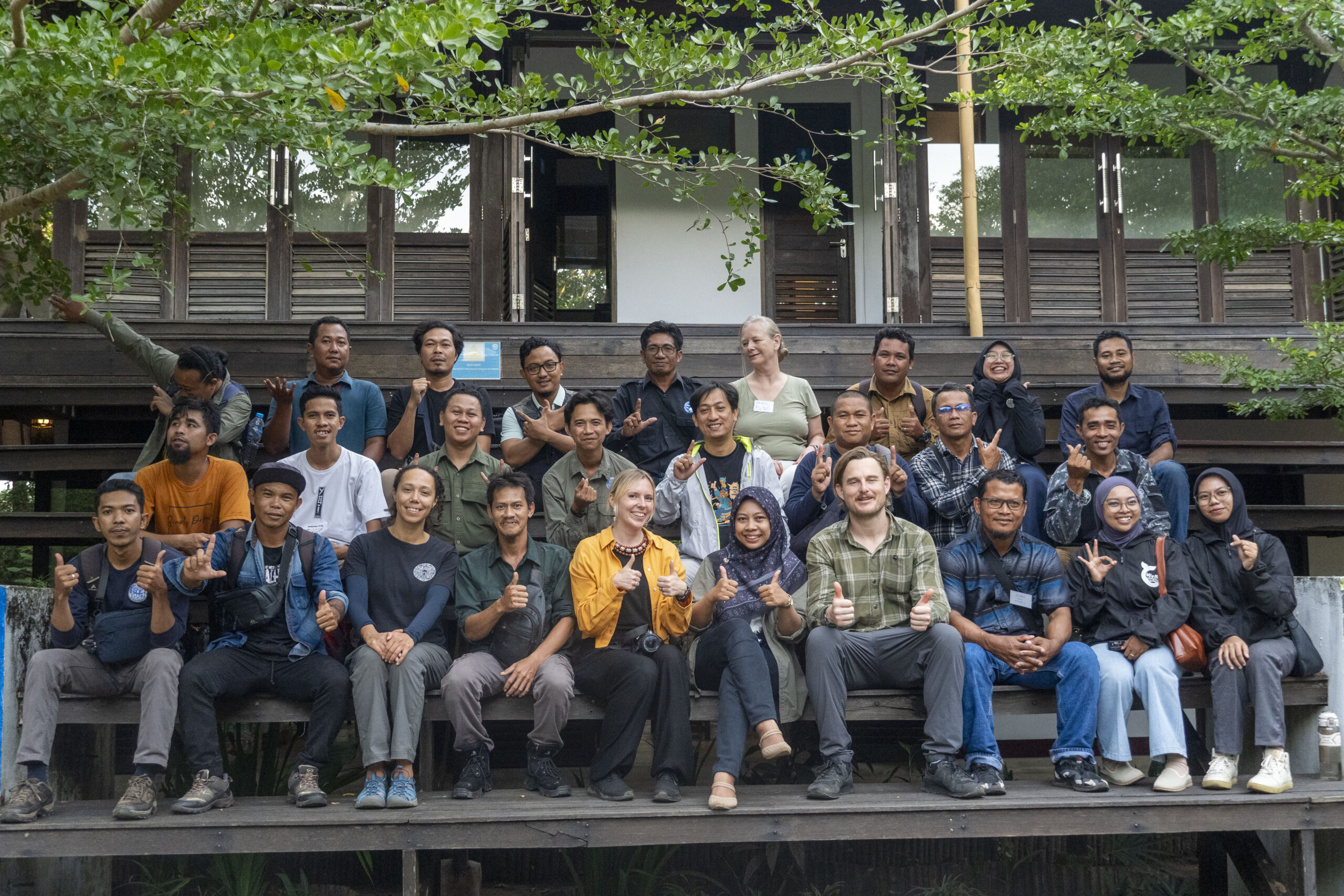

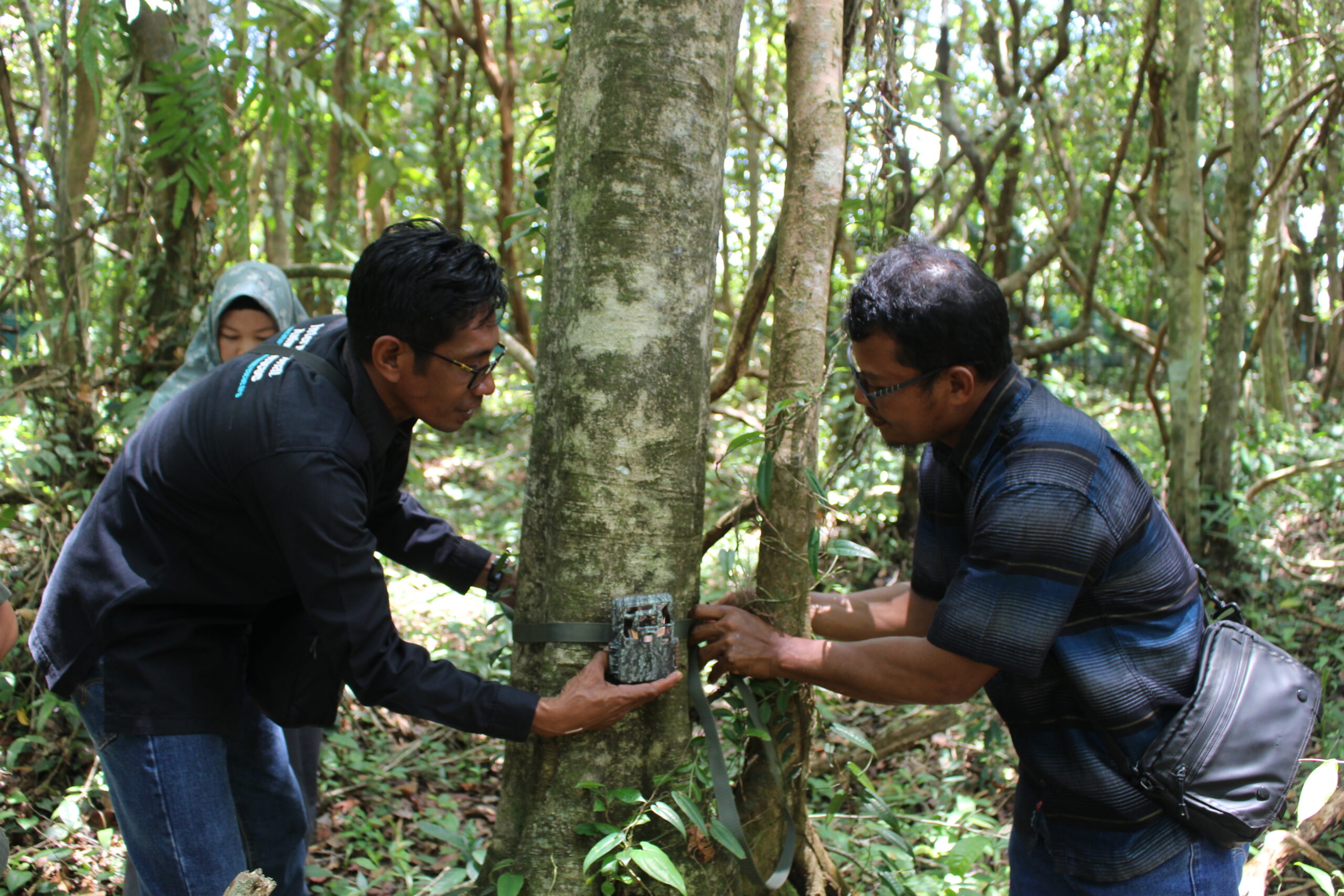


A New Currency for Nature
Unlike extractive commodities such as timber or palm oil, biodiversity credits place ecological health at the core of the economy. Each credit represents a verified improvement or sustained enhancement in species diversity or habitat quality, measured over time through transparent, science-based methods.
As Harry Tittensor from Plan Vivo describes, they provide a “certified positive contribution to nature.”
These credits can be traded on voluntary markets, channeling funds to those who restore and protect natural ecosystems. Under the Plan Vivo Nature Standard (standard for biodiversity credits), at least 60 percent of the revenue from credit sales must go directly to local communities.
In West Kalimantan, biodiversity credits are moving from theory to practice. Supported by GCBC through the BREL-Borneo project led by the Royal Botanic Garden Edinburgh, the October workshops brought together the Plan Vivo Foundation, Biometrio Earth, YIARI, and local communities. Together, they’re helping Pematang Gadung villagers certify biodiversity credits for their 7,000-hectare Village Forest – a peatland ecosystem protected for nearly a decade and home to endangered orangutans, proboscis monkeys, and rare wetland flora.
Learning by Doing in the Peatlands
At the YIARI Learning Center, a hub for community training and wildlife conservation, participants—guided by Biometrio, Plan Vivo’s approved data analytics provider – explored how data collection underpins the verification of biodiversity credits. They got hands-on experience setting up camera traps and acoustic sensors in the nearby peat forest during the pre-deployment phase. Each project collects species and habitat data annually, tracking key indicators such as species richness, diversity, and overall habitat health.
Community members were active participants, contributing thoughtful reflections to discussions. Ilyas, chief of the local cooperative, emphasised that “It’s important for us to clearly understand the process so we can explain the tangible benefits of biodiversity credits back to our community.”
Later, participants travelled by boat to the Pematang Gadung conservation station, accessible only through the waterways – to test their new skills in a real ecosystem and meet members of the local forest patrols. The long-term goal is for more members of the local community to take on these conservation-based roles—so that, over time, former miners and loggers can transition into restoration work, and young people can build futures in protecting nature.
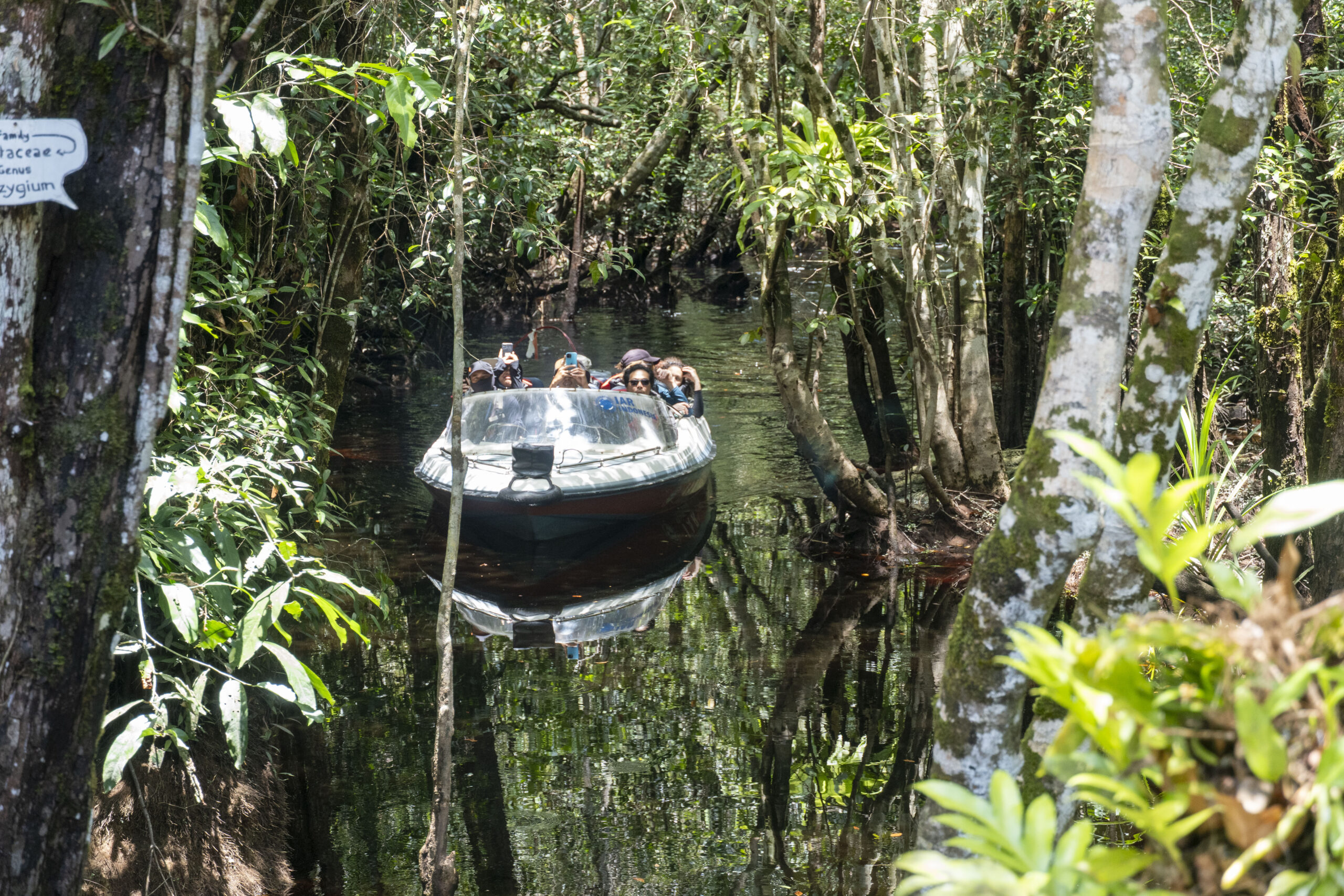
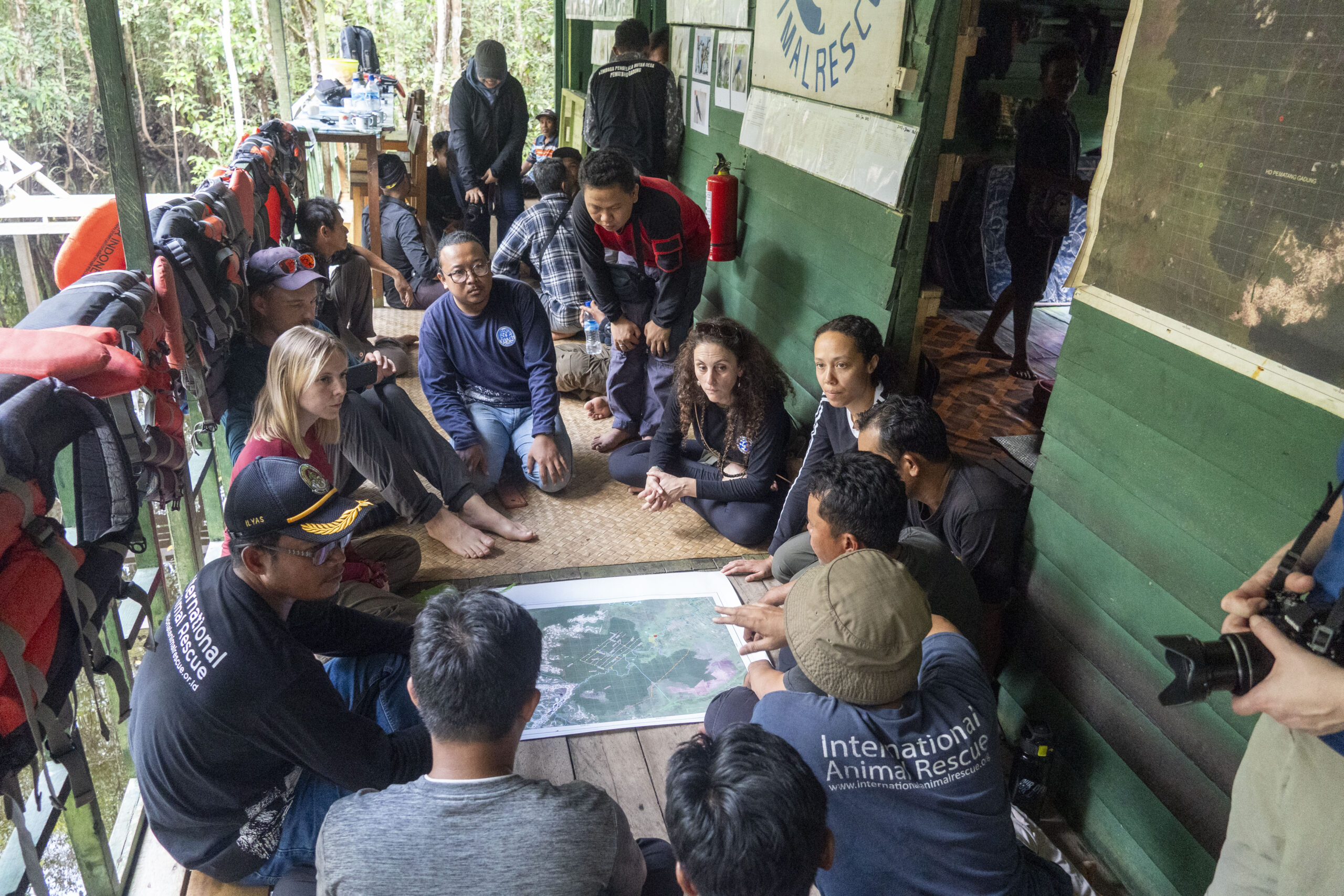
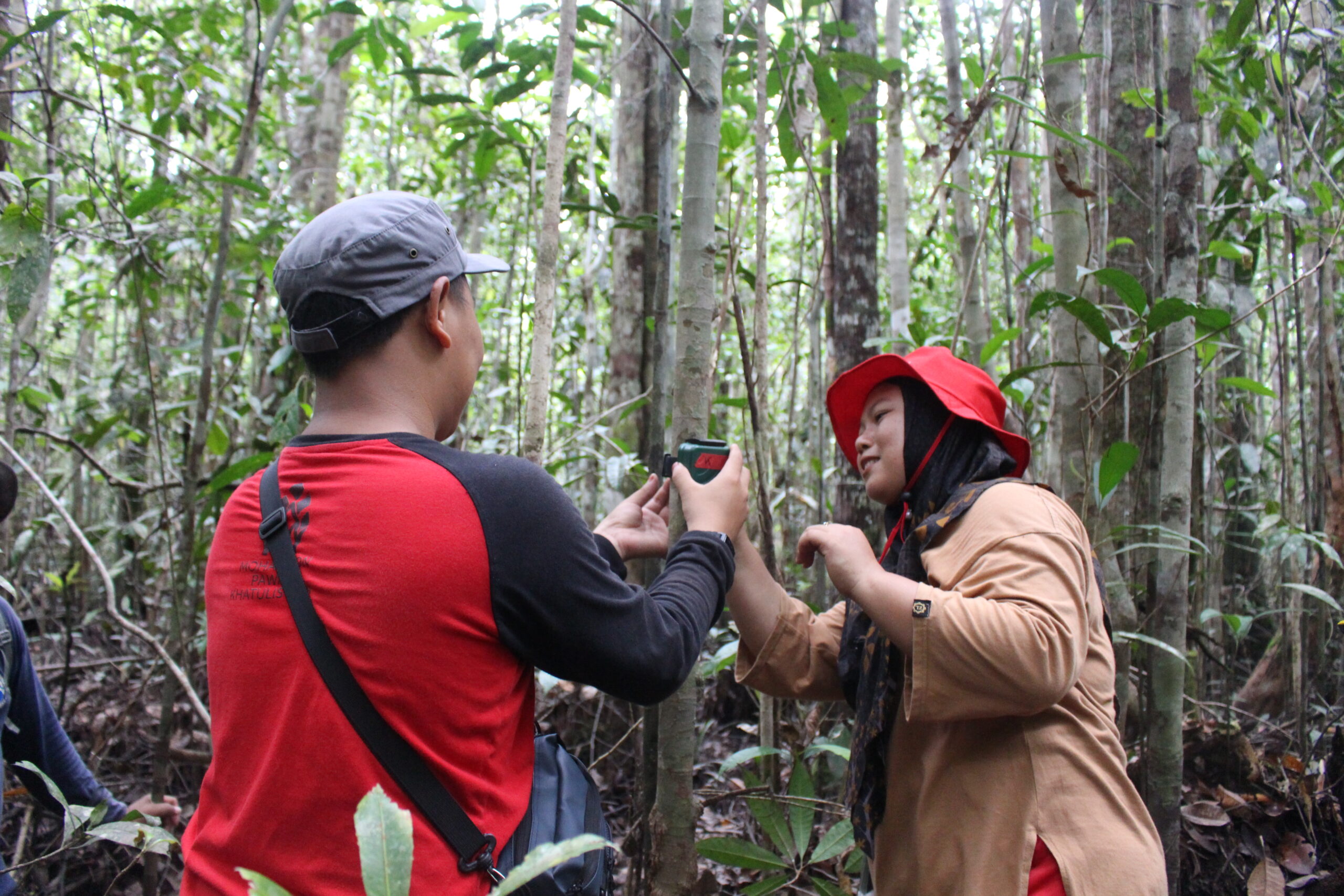

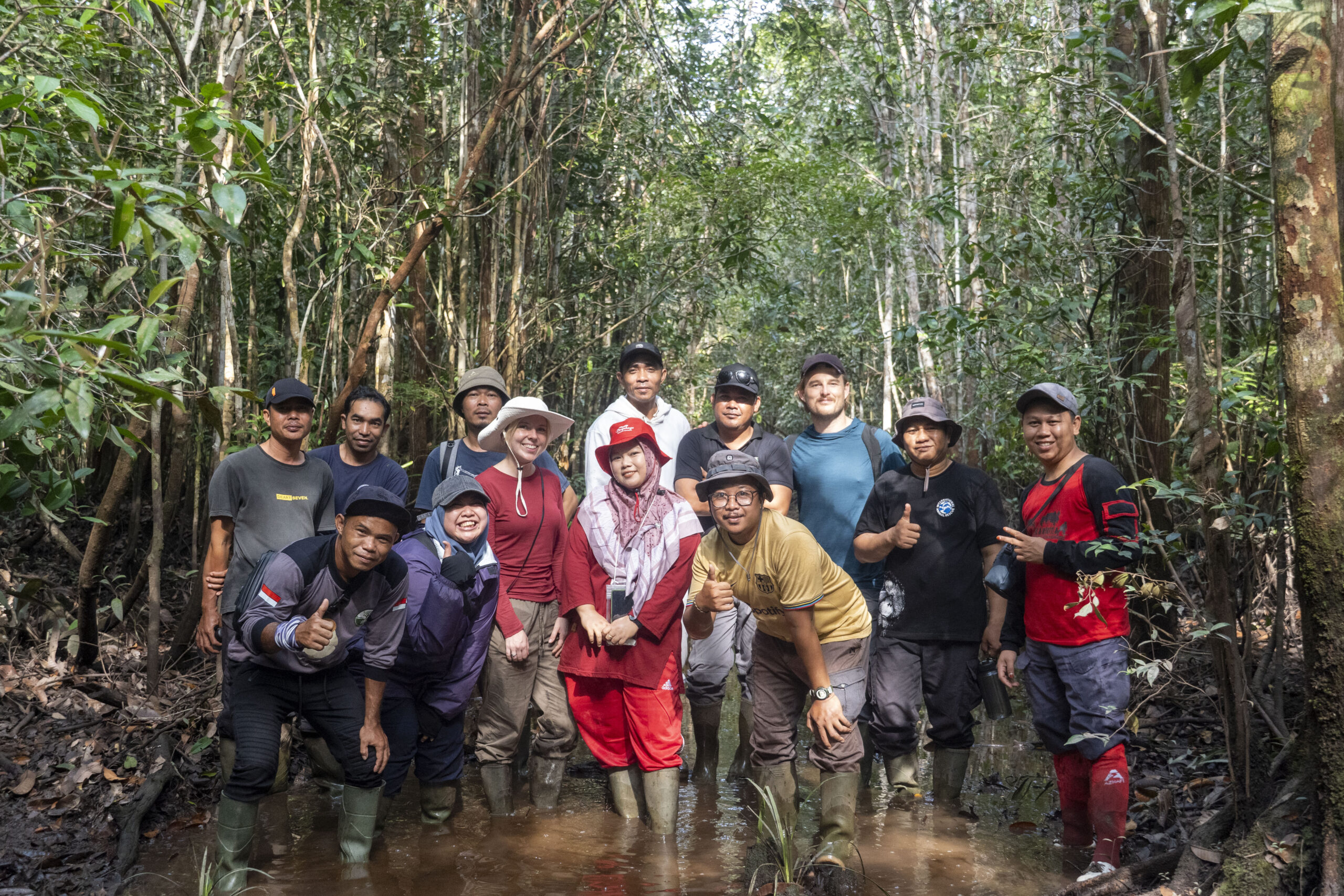
Bridging the Finance Gap
One of the clearest messages from the workshop was that biodiversity credit certification is expensive, complex and often beyond the reach of small community projects. Costs include expert validation, field data collection, equipment, and baseline surveys. Once the baseline is established, projects enter a two-year monitoring period before the first biodiversity credits can be issued and sold. During this time, communities must maintain operations and collect data without guarantee of income.
As YIARI’s Senior Lead, Dr. Dorothea Pio, explained, the financial gap between early action and the eventual issuance of biodiversity credits remains one of the biggest challenges. Sustaining staff, equipment, and community motivation throughout this unpaid period requires steady support and careful planning.
During the monitoring phase, YIARI employs around 50 local villagers and relies on external donors to maintain operations. Even after credits are obtained, uncertainty persists—long-term financial viability depends on the maturity and strength of the emerging biodiversity credit market. As Dorothea reflected, “Can we get enough buyers to make the income for the village really worthwhile? That is the big challenge. It’s about how much finance we can bring in—and whether it can really compete with other market forces.”
The solution emerging in Kalimantan is partnership. These collaborations show that lasting conservation grows from relationships of trust and shared learning, not just funding streams or policy frameworks.
From Challenge to Opportunity
The solution emerging in Kalimantan is partnership. Organisations like YIARI act as technical and financial intermediaries—helping communities navigate the process of obtaining biodiversity credits, secure early-stage funding, and manage transparent reporting. These collaborations show that lasting conservation grows from relationships of trust and shared learning, not just funding streams or policy frameworks.
Reflecting on the training, it was inspiring to see such strong engagement from the local community and to hear so many thoughtful questions – it really feels like a community ready for this kind of process.
The experience in Pematang Gadung highlights that while bridging the gap between early action and credit issuance is challenging, it also opens the door to a more sustainable future. Biodiversity credits could create a performance-based mechanism for financing conservation beyond short-term grants, directly rewarding local stewardship.
Ultimately, the lessons from Kalimantan point toward replication and scaling—informing best practices for other community forests, peatlands, and marine ecosystems. Encouragingly, other organisations from the region have also joined the workshops to explore how biodiversity credits could support conservation in their own ecosystems.
……………………………………………………………………………
This report was written by GCBC’s Anna Adamczyk and published with the kind permission of Royal Botanic Gardens, Edinburgh and Plan Vivo.
Follow the link for more on our BREL-Borrneo project: BREL-Borneo: Benefits of Biodiverse Restoration for Ecosystems and Livelihoods in Borneo

